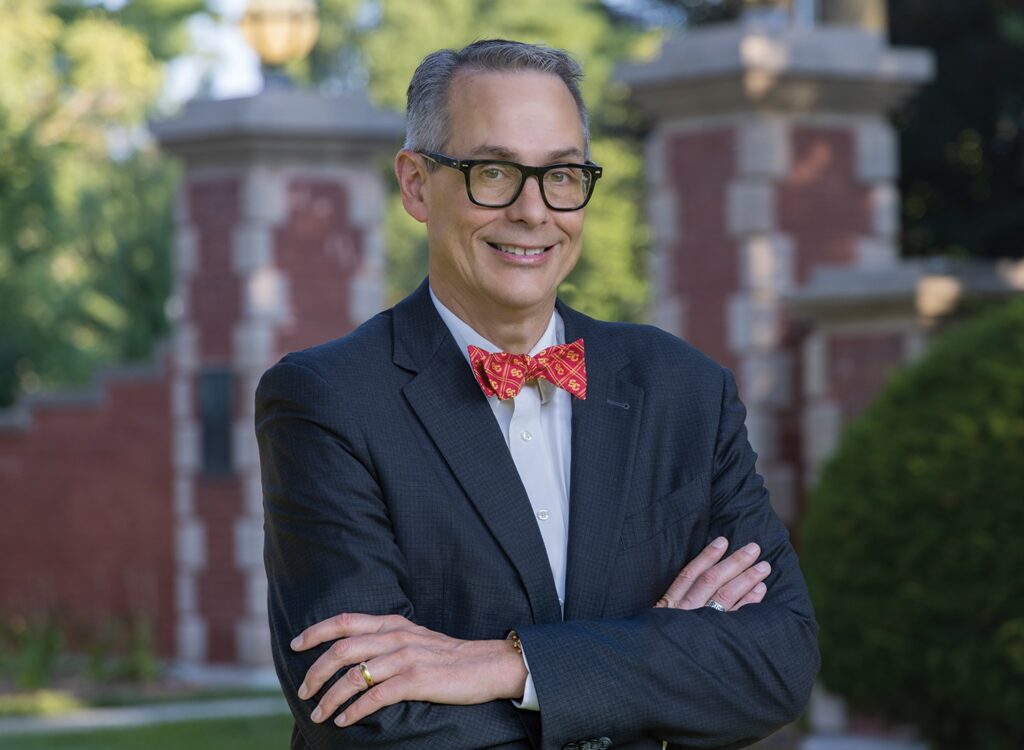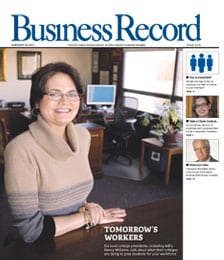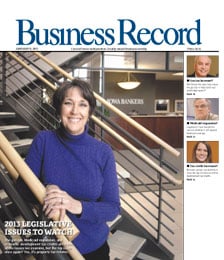Unions must change with the times
These are tumultuous times for organized labor, battered over the past few decades by declining membership, dwindling political clout and the increasingly hostile climate members face in a global economy. But perhaps no greater sign that the so-called “wave that has lifted so many boats” is undergoing a sea change came in late July, when the Teamsters union and the Service Employees International Union split from the AFL-CIO, taking with them millions of workers – 1.8 million alone in the SEIU, the AFL-CIO’s largest affiliate.
The schism between the AFL-CIO, formed 50 years ago when organized labor was at its zenith, and its affiliates exposed a chink in the armor. To many, the breakup was seen as a not-so-subtle sign that rancor among groups has weakened organized labor’s mantra of “strength in unity.” But in an odd juxtaposition, the split may also be labor’s salvation.
Certainly labor unions, organized as a united front against deplorable working conditions and low wages, still have a place in America. As long as unfavorable conditions still exist, they won’t have outlived their usefulness. What the defection does mean is that unions must change to survive, which the breakaway groups are facilitating with their calls for a renewed focus on organizing new classes of workers and less emphasis on lobbying and backing political candidates.
The split was by most accounts inevitable. Manufacturing and other heavy-industrial jobs have long been the cornerstone of union solidarity, but many of those jobs have moved offshore or been eliminated through automation, leaving hundreds of thousands of unionized workers without jobs. As the service sector gains steam, unions must reflect that, a key reason behind the SEIU’s exit from the AFL-CIO. Unions also need to reverse a nasty track record of hostility toward immigration, as new immigrants make up a growing segment of the workforce.
Chances are, what emerges from the shakeup will be more politically fickle than yesterday’s organized labor movement, which, as SEIU President Andy Stern told U.S. News & World Report, has been “an ATM for the Democratic Party for a long time.” A more bipartisan approach makes Democratic candidates nervous, but perhaps it shouldn’t. Traditionally a big donor and get-out-the-vote organizer for Democratic candidates, organized labor under the old rules of engagement has had imperfect success in backing a winner.







